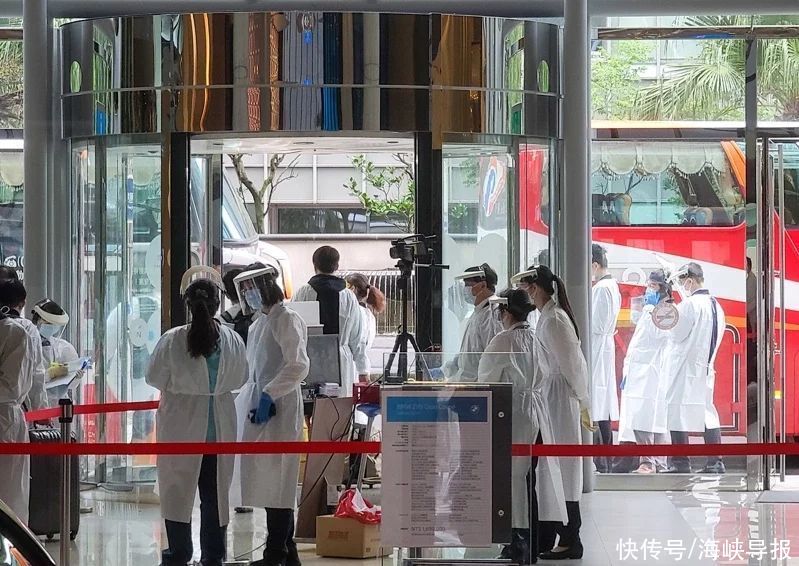From April this year to yesterday, a total of 543 people diagnosed with the new crown died on the island, of which 100 cases were diagnosed and died on the same day (18%), 77 people (14%) died the next day after the diagnosis, and 49 people died Diagnosed after death (9%), a total of 41% of the deaths were caused by rapid death after diagnosis and too late diagnosis.

Su Yiren, the former “Director of the Bureau of Disease Control and Prevention”, said that the above statistics represent problems in both the epidemic prevention system and the medical system. Without timely remediation, the death toll is likely to soar.
Yesterday, there were 779,441 new local cases of new crowns on the island, a slight decrease from the previous day, 53 more deaths, and 256 more cases of moderate and severe cases, a new high since this wave of epidemics. Chen Shizhong, commander of the Taiwan Epidemic Epidemic Command Center, said, “The current epidemic is at a plateau, and whether there will be a peak will have to be seen again.” Spokesman Zhuang Renxiang said that high, medium and low estimates have been made before, and the peak of the epidemic should be It is estimated that 100,000 people are diagnosed in a single day, and it is estimated that there may be a significant decline in the end of July.
From today onwards, the application of “quick screening as positive as a diagnosis” will be extended to ethnic minorities and people on outer islands. Chen Shizhong said that once the administrative notification process is confirmed, it will be announced this week that “quick screening is applicable to all people”. Positive is regarded as a diagnosis” principle, as long as the indications for oral antiviral drugs are met, the doctor will prescribe the drugs directly.
Yesterday, 256 cases of moderate and severe cases were added, of which 198 were moderate, 58 were severe, and 53 died.
The increase in the severe disease rate confirms the public health community’s previous concerns about the rise in the death rate of the new crown on the island. Analyzing my confirmed deaths from the new crown since April, 41% of the rapid deaths and post-mortem confirmed cases died, as high as 80% were after May 5, concentrated in the past two weeks, and this time was when the command center opened long-term care institutions Close contacts and those over the age of 65 who are over 65 years old will be diagnosed with rapid screening. Su Yiren said that when the number of critically ill patients in long-term care institutions increases and they are all sent to the hospital, the amount of medical care can quickly collapse. Su Yiren said that with the surge in the number of confirmed cases, in addition to the major challenges faced by the epidemic prevention system, there are also difficulties such as congestion of medical channels, gradual shortage of medical capacity, and poor quality of care. For example, the front-end quick-screening positive people queue up for PCR testing, and may have to wait three or four days for the results, but as long as the elderly wait three or four days and fail to take the medicine in time, the situation will become very difficult, and the situation will become very difficult. The time of diagnosis and death is very close.
Li Jianzhang, deputy director of the Smart Medical Center of National Taiwan University Hospital and doctor of epidemiology at Harvard University, said that the key to the command center’s attempt to reduce the fatality rate is to diagnose the time in advance and observe the current prevalence rate in the community. In order to reduce the delay caused by false negatives, it is necessary to provide a more convenient PCR detection pipeline. (Xue Yang/Editor)